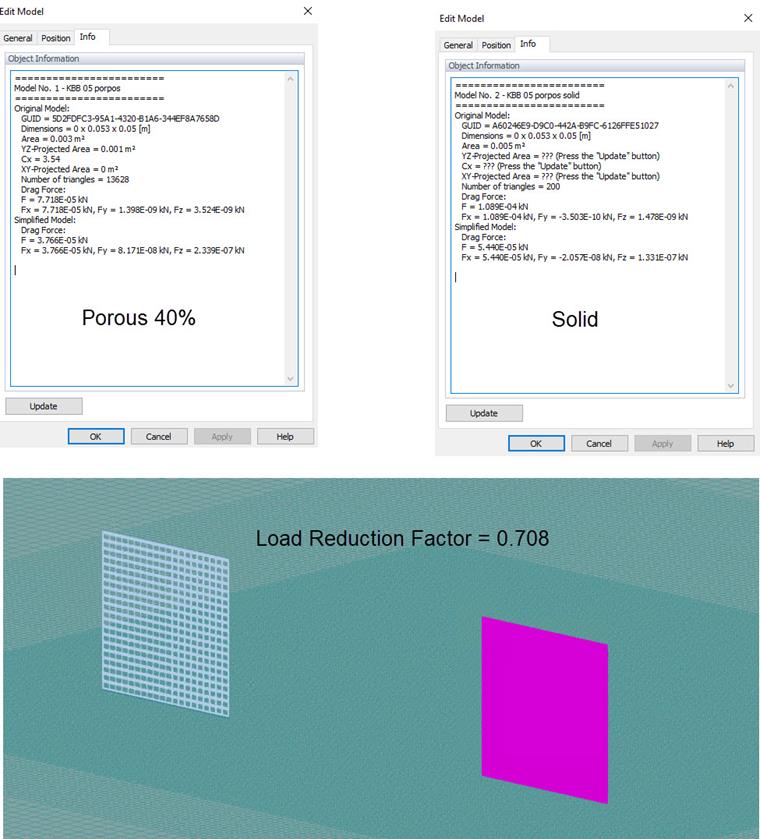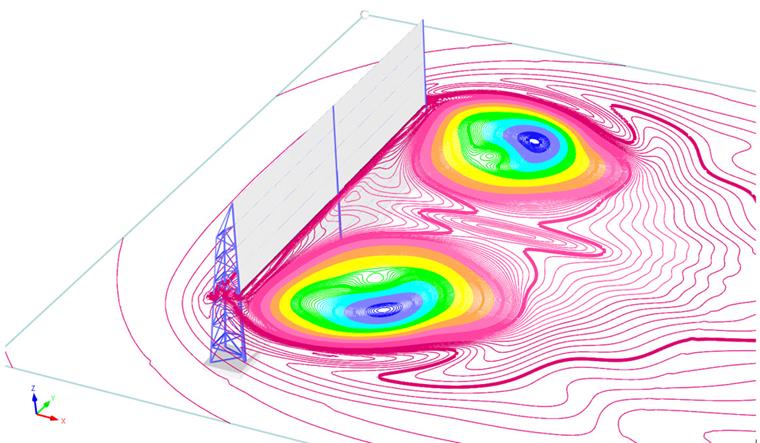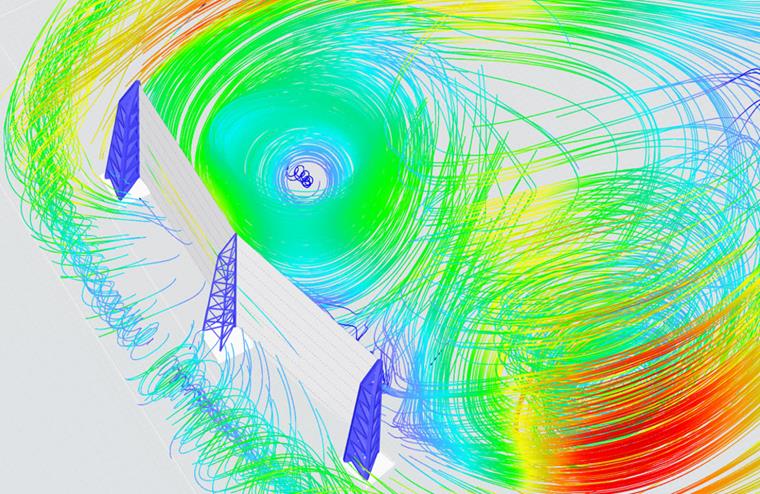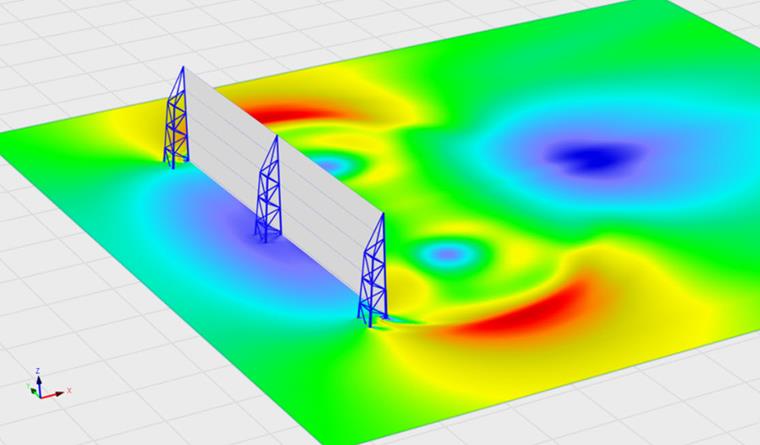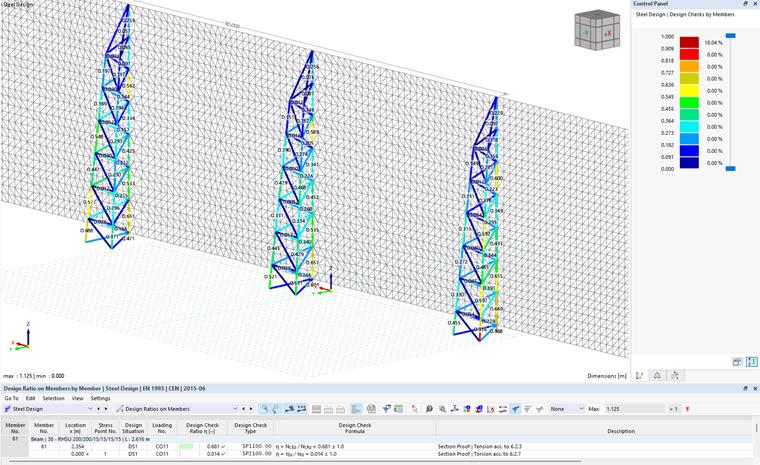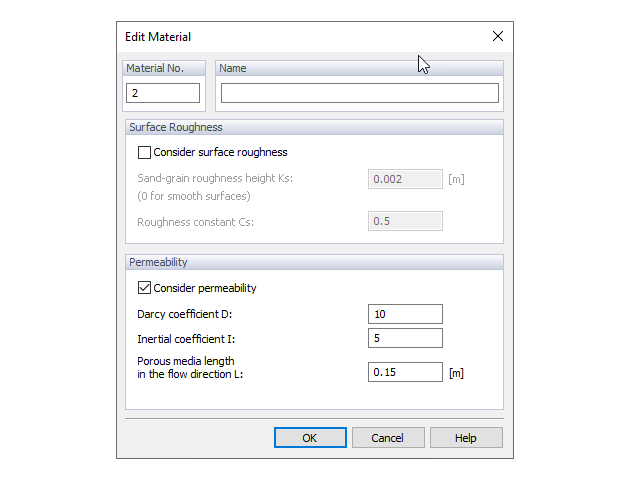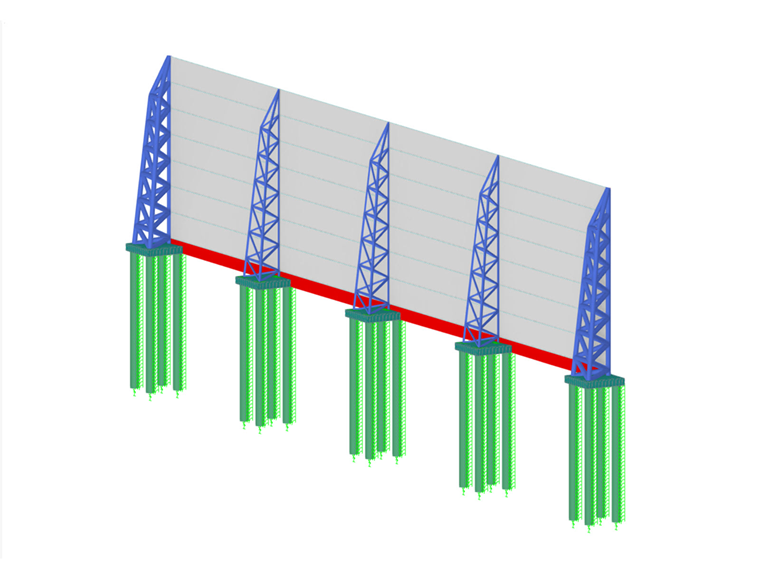Windbreak structures are particular types of fabric structures that protect the environment from harmful chemical particles, abate wind erosion, and help to maintain valuable sources. Dust is generated by wind and mechanical equipment and activities, such as stackers/reclaimers, trucks, loaders, and conveyor transfer points, which are common on industrial sites. Due to the fact that the amount of dust churned up by the wind is related to the cube of wind speed, lowering wind speed, for instance, will reduce erosion in unsheltered regions by 12 percent. Existing dust in the wind will settle out over time, with the amount of time required to settle dependent on temperature, wind turbulence, and height above land.
In the natural environment, wind erosion refers to the detachment, movement, and redeposition of solid particles such as soil, sand, and other particles. This wind-driven transport phenomenon is a specific instance of gas-solid two-phase flows. Wind erosion is a significant factor in soil degrading, desertification, and sandstorms [1]. It leads to severe environmental concerns such as agricultural land loss and air pollution [2]. Therefore, it is essential to create a method for preventing or mitigating wind erosion.
In this example [3], the fabric is made of Porous Woven Polypropylene Fabric (PWPF) which has good strength in tensile stress. Also, there are different percentages of porosity that can affect the wind speed direction and structural design. As the porosity increases, we have less reduction in wind speed and a lighter structure; on the other hand, less porosity can reduce wind speed more, but the structural weight would be heavier. We need to find the optimized value of porosity regarding the project specifications.
These kinds of fabric structures show much more complex behaviour rather than conventional fabric structures in wind simulation. Some structural engineering rules, such as load combinations and safety factors, etc need to be redefined regarding new approaches. The structural system consists of porous fabric, a 3D truss, cables, pile caps, piles, and special instruments for connecting fabric to cable, and so on.
The resistance to through flow, which may be characterized by the loss coefficient, is a significant factor in determining the wind loads that are placed on porous structures. It has been demonstrated that there is a connection between the porosity and the loss coefficient for round wire mesh screens. The loss coefficient for different types of buildings is determined by a function that takes into account both the porosity and the construction. As a result, it has been proposed that it would be beneficial to make use of an effective porosity, which is the porosity of a round wire mesh screen with the same loss coefficient. It has been demonstrated that the loads placed on porous structures are significantly lower than those placed on solid structures by a factor that is one less than [3]. The loss coefficient and reduction factor need to be calculated for different porous percentages, this factor should be considered for structural design in load combinations due to wind load [3].
After performing wind simulation, the results of wind calculation are transferred to RFEM for structural analysis and design. It is important to consider different wind directions, but in this case, the perpendicular direction is critical.
Also, in the latest version of RWIND 2 Pro, it is possible to assign permeability features directly to a surface. This technique can reduce computational costs, and also no need to consider load reduction factors in the calculations. A brief theory about permeability can be found in Chapter Permeability (see link below). In RWIND 2 Pro, the permeability is modeled using a boundary condition, a prescribed pressure drop on defined surfaces.
Find more information here:
Construction Company: Mana Sanat Davin, Iran
Consultant Engineering: Weathersolve Structures, Canada
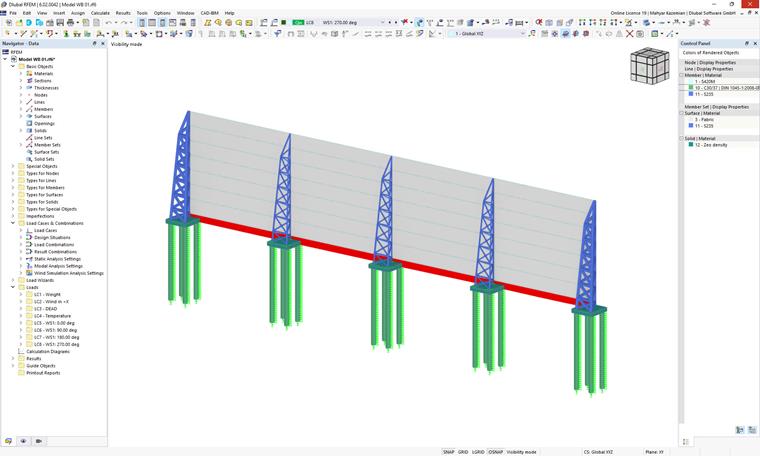
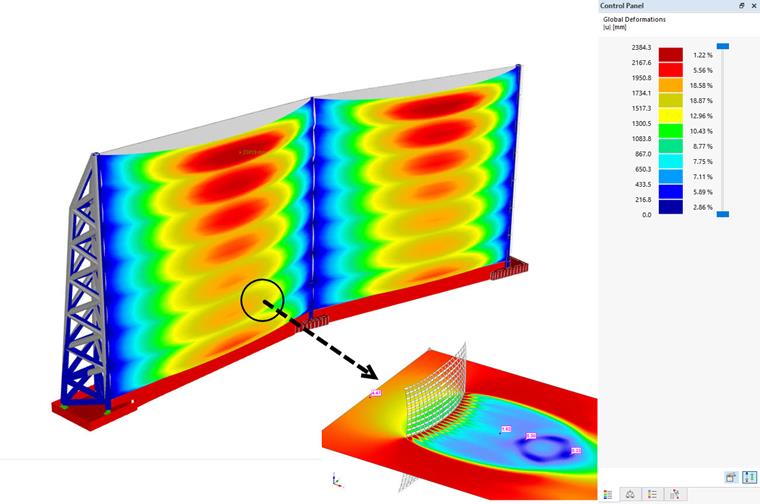
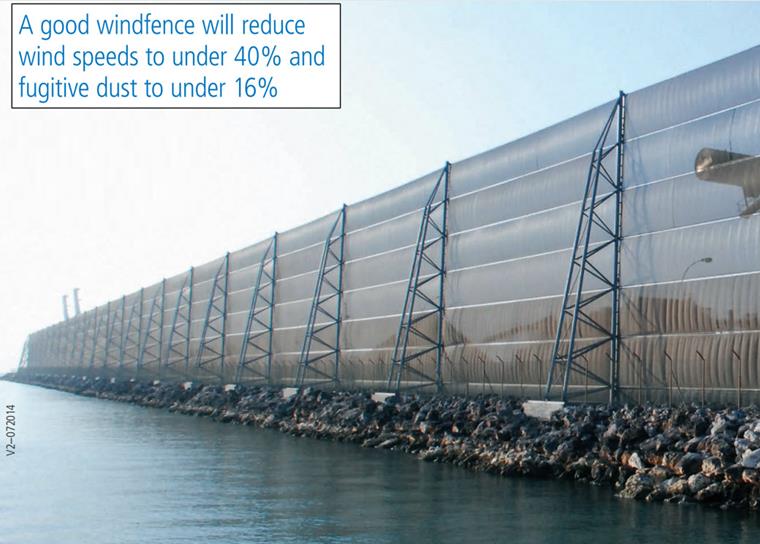
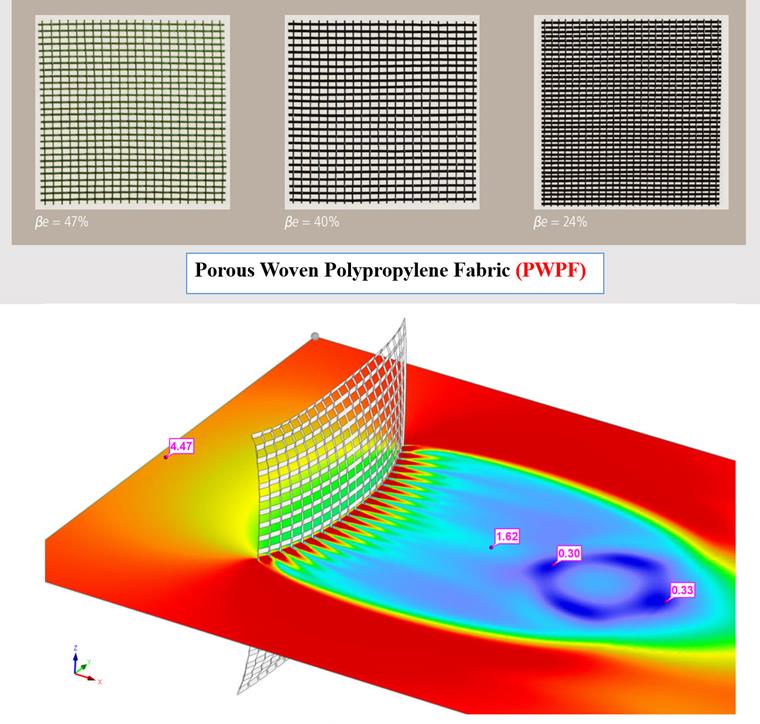
![Loss Coefficient Diagram Regarding Analytical, Experimental and CFD Simulation with RWIND Compared with [3]](/en/webimage/036448/3433191/341.jpg?mw=760&hash=e48a41f7af81c2f65bf76bb9adc7cc658b99f6fc)
![Load Reduction Factor Compared with [3]](/en/webimage/036450/3433319/802.jpg?mw=760&hash=749eafb300e6c6b3ff1ad20fc74e5587ab96ee65)
